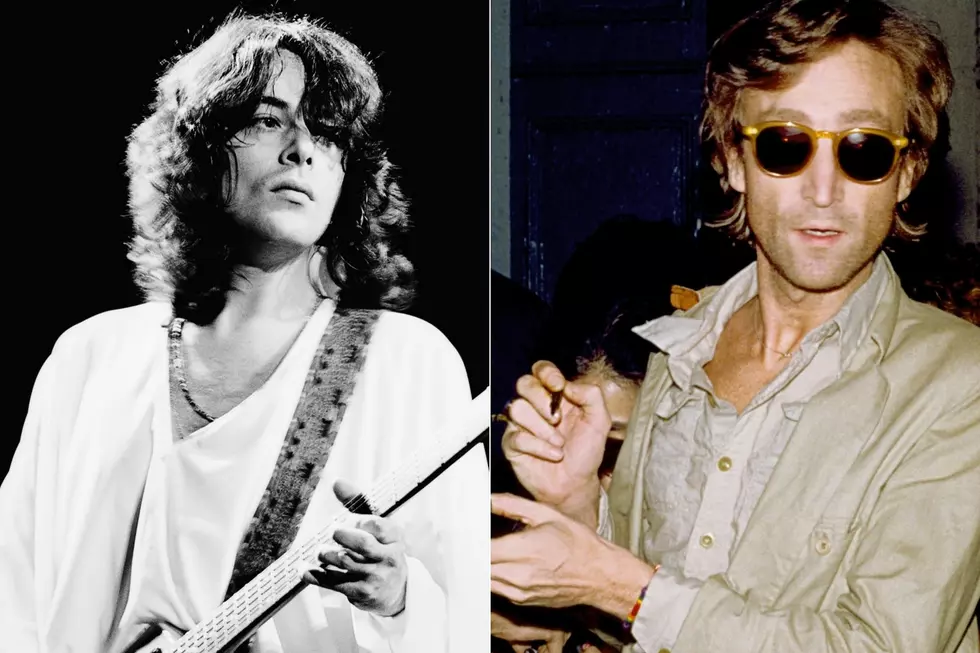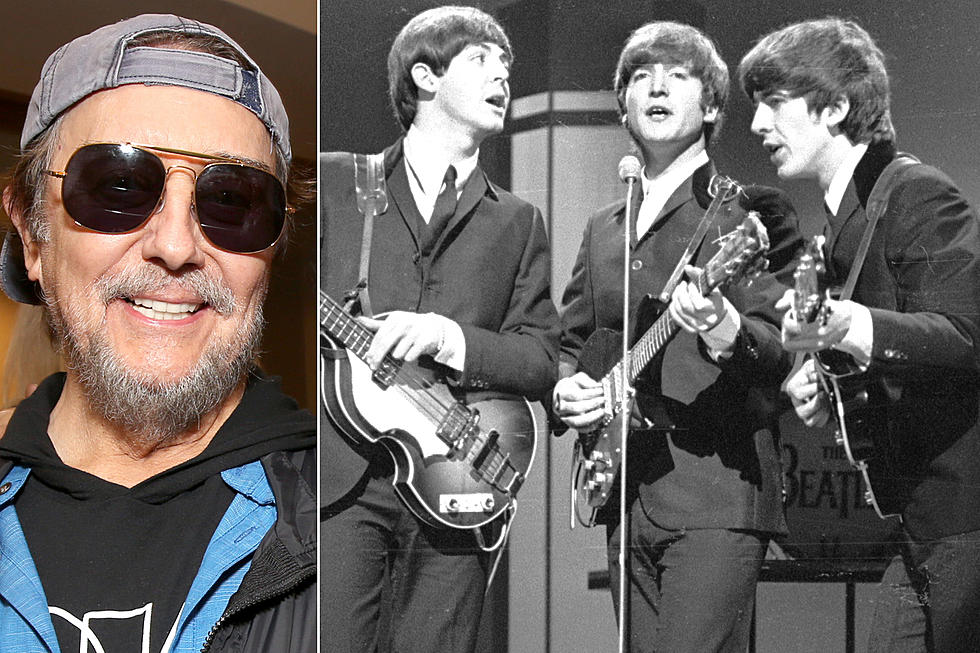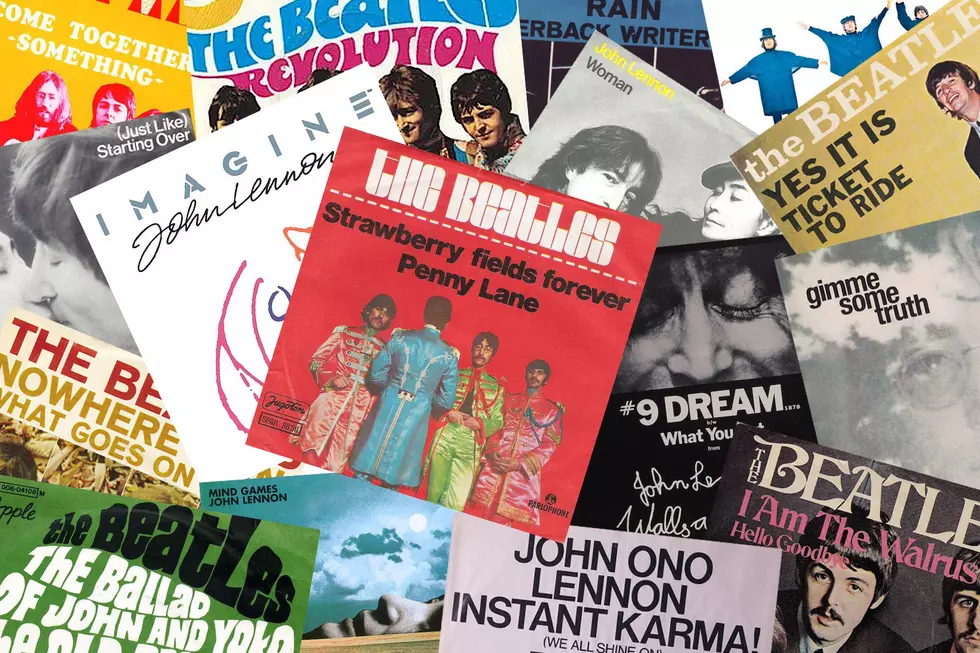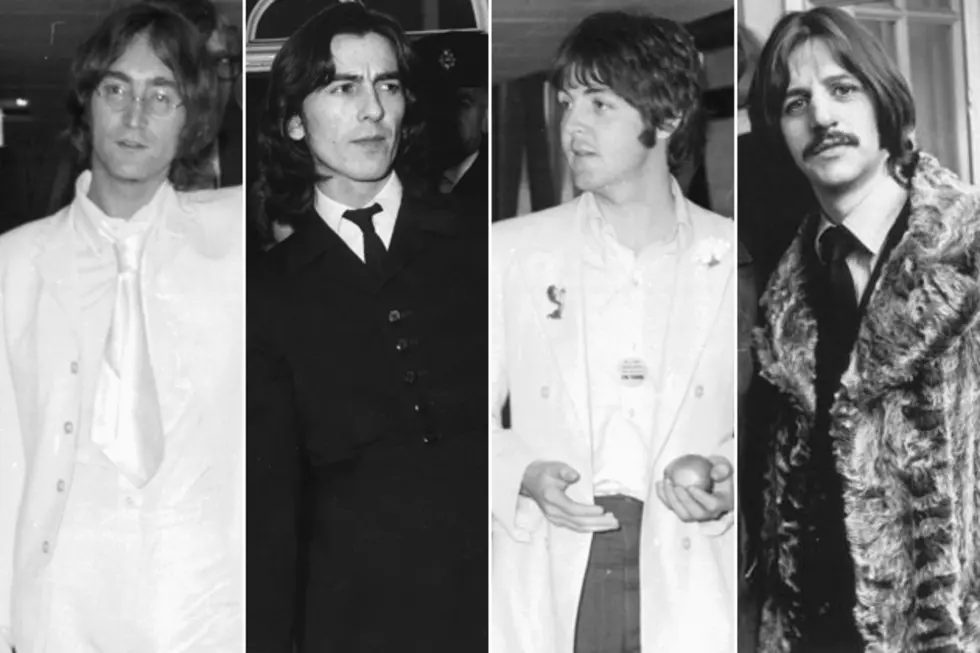
No. 23: John Lennon, ‘Imagine’ – Top 100 Classic Rock Songs
When John Lennon joined his fellow Beatles on August 20, 1969 for what would be their final recording session together as a band, how could he know that his greatest work lie ahead of him?
Perhaps that's sacrilege. But consider: While Paul McCartney's songwriting gifts seemed to emerge almost whole cloth at the band's outset, Lennon's style evolved over the band's career, from the boys-love-girls-love-boys crunch of the 'Hard Day's Night' album to the serenity of 'Across the Universe.'
Lennon's music always chronicled a searching spirit, struggling to come to terms with the central contradictions of human nature, and constantly attempting to put humanity into some kind of larger spiritual context. With 1971's 'Imagine,' Lennon achieved his most clear, complete, and complex statement, slotting in the top 25 of our Top 100 Classic Rock Songs.
The central message of 'Imagine' is one of peace; there's no question. That message is why the song has found a comfortable home as part of anti-war movements around the world. What is not as apparent is what exactly Lennon suggests we must surrender to achieve that piece--not just the material trappings of wealth and success, but the religious artifice built up over millennia, and even the fundamental structures of government. Only by abandoning everything can we come to terms with everything; only in letting go can we realize what's important. "Imagine all the people / Living for today..."
With unexpectedly discrete production from Phil Spector, 'Imagine' achieves a gentle touch that Lennon rarely reached throughout his career, preferring instead to explore the brittle edges of his voice and his guitar. Though it only hit No. 3 on America's Billboard Hot 100, it's become a standard of pop radio and a defining song for Lennon's career. Although his dream that "the world will live as one" has yet to occur, his song lives on.
Watch John Lennon Perform 'Imagine'
More From Ultimate Classic Rock









